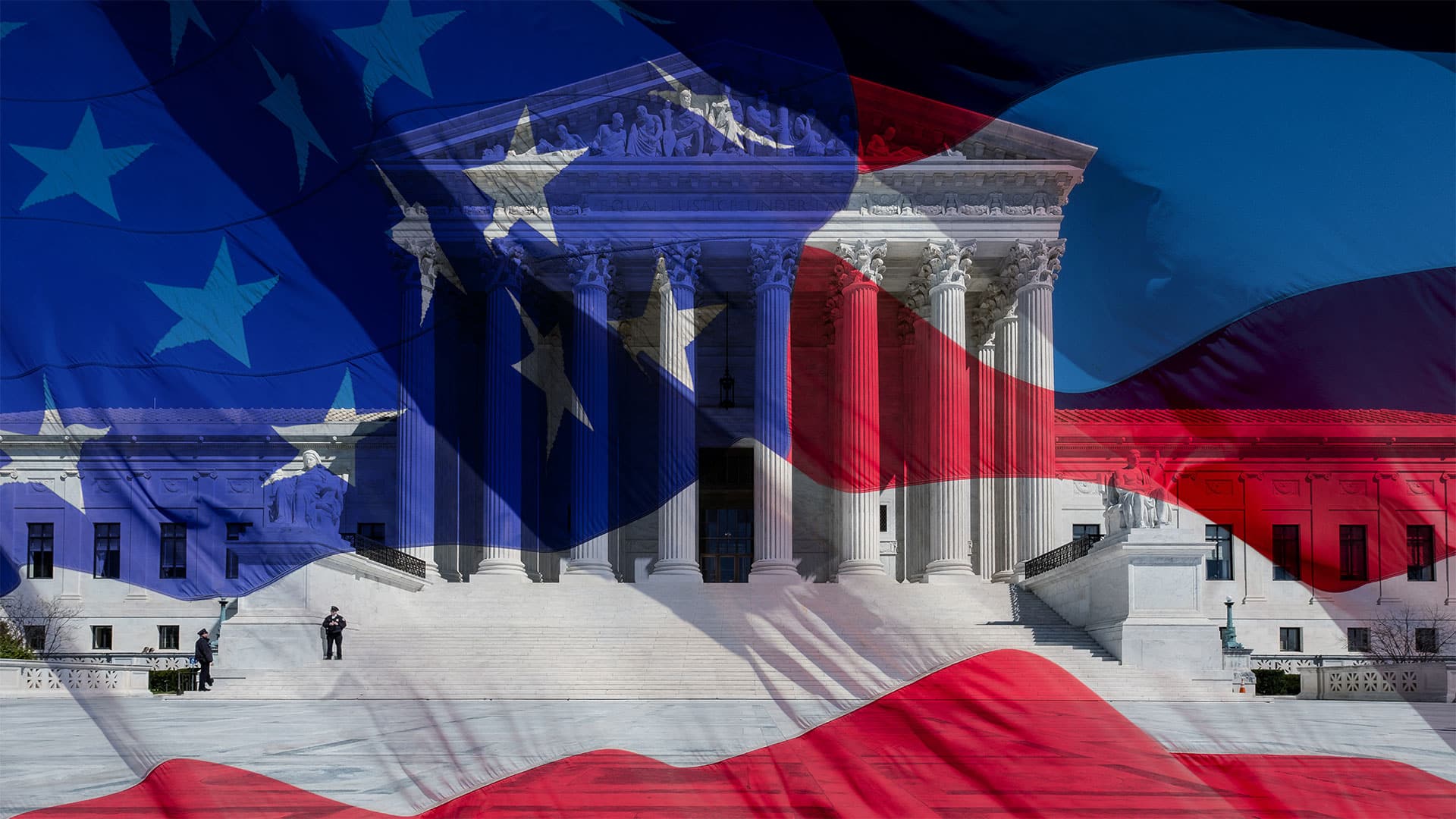
On June 24, 2022, the U.S. Supreme Court overturned the case law decision of Roe vs. Wade which established constitutional federal protection for what has come to be called the “right to abortion.” The legal impact of this reversal means returning to the legal status which prevailed prior to Roe vs. Wade’s enactment in 1973. This means it will be up to each of the 50 states to legislate on abortion unless the US Congress passes a law at the federal level.
The Supreme Court’s decision rules on the constitutionality of a 2018 Mississippi state law https://law.justia.com/codes/mississippi/2018/title-41/chapter-41/gestational-age-act/section-41-41-191/ which sets abortion deadlines at 15 weeks of pregnancy, except for medical emergencies or severe fetal malformations. In December 2021, oral arguments were held for both sides: the Mississippi State Health Department represented by Thomas Dobbs, and the Jackson Women’s Health Organization, the only abortion clinic in the state of Mississippi.
Law or jurisprudence?
In many countries, including France, abortion is regulated by legislation voted by Parliament. In France, the Parliament recently extended abortion deadlines from 12 to 14 weeks of pregnancy. Alliance VITA’s website provides an analysis of the abortion laws in this country.
In the United States, the Congress, consisting of the Senate (100 seats) and the House of Representatives (435 seats), has yet to enact a legislation to forbid or restrict abortion.
Recently, the US Senate was unable to reach a majority vote for a bill passed by the House of Representatives. The bill was meant to codify the case law established by Roe v Wade and the 1992 decision in Planned Parenthood v Casey. The latter consolidated the 1973 Roe vs. Wade decision while simultaneously changing the criteria according to which a US state can regulate abortion
What Roe vs. Wade Stipulates
In Roe vs. Wade, the US Supreme Court ruled (7 – 2) that the U.S. Constitution protects a woman’s right to choose to have an abortion and specifies that unduly restrictive state regulation of abortion is unconstitutional.
“Jane Roe” is an alias name used by the plaintiff, Norma McCorvey, a Texas woman pregnant with her third child, and who wanted to abort in 1969. Henry Wade was the Dallas County District Attorney at that time when Texas law restricted abortion to life-threatening situations. The Roe v. Wade decision was reached according to two main legal elements.
The Supreme Court ruled that although it was not explicitly mentioned in the Constitution, a woman’s right to choose whether to have an abortion, could be considered to fall within the “right to privacy” under Section 1 of the 14th Amendment.
The Due Process Clause of the same amendment does not explicitly state that citizens have a right to privacy either. It specifies that “No state shall make or enforce any law which shall abridge the privileges or immunities of citizens of the United States; nor shall any state deprive any person of life, liberty, or property, without due process of law; nor deny to any person within its jurisdiction the equal protection of the laws. »
Adopted in 1868, this 14th amendment granted citizenship and equal civil and legal rights to all citizens, regardless of race or status (both to former slaves and free men).
In Roe vs. Wade, the Supreme Court ruled that the states could have a legitimate interest in restricting abortion including protecting the mother’s health and protecting the prenatal life of the fetus. To determine when the right to abortion would be without limitations, and when the state’s interests would be compelling enough to outweigh the woman’s right to choose, three standards of strict scrutiny were established:
- the burden of proof for invoking such limitations lies with the state,
- there must be “compelling state interest” in regulating abortions,
- and it should be pursued in the narrowest possible way”.
Since the right to have recourse to abortion was considered as a fundamental right, the laws governing it had to be assessed against these strict criteria.
In practice, the judgment used the criteria of the trimesters of pregnancy to decide whether the state’s law could be upheld. State law could not make any restrictions in the first trimester, but it would be possible during the second trimester. In the last trimester of pregnancy, possible state restrictions were based on health issues and medical emergencies for women.
Acknowledging the Viability Test, Planned parenthood vs. Casey.
In 1992, the Supreme Court adjusted the trimester framework, asserting what it considered as the 3 main conclusions of Roe vs. Wade:
- The mother has a constitutional right to abortion prior to the viability of the fetus, this right cannot be unduly interfered with by the state (known as “undue burden”).
- The state has the right to restrict abortion when the fetus is viable (“fetal viability”).
- The state has a legitimate compelling interest from the beginning of pregnancy to protect the mother’s health and the life of the fetus.
Previously, in other Supreme Court cases, one of the arguments invoked for hesitating to overturn Roe v Wade was the respect for precedent or “stare decisis“.
Analyzing state legislation according to the trimester-based framework was replaced in favor of a more flexible medical definition of “viability analysis”, offering the possibility of modifying the date of viability according to the medical knowledge.
Moreover, this judgment modified an important point since the criterion of strict conditions for analyzing state abortion laws legislation was replaced by “undue burden”. As a result, the ruling upheld the provisions of the Pennsylvania statute which required the pregnant woman or the parents of minors to sign an informed consent at least 24 hours prior to the act, although it negated the necessity for a woman to inform her partner.
Subsequent decisions rendered by the Supreme Court have further developed the concept of undue burden. In 2020, a Supreme Court decision June Medical Services LLC vs. Russo, reaffirmed that “many restrictions that did not impose a substantial obstacle were constitutional, while the restriction that imposed a substantial obstacle was unconstitutional.”
Conclusion
As evidenced by the number of various cases presented to the Supreme Court, the US state abortion laws have undergone many revisions since the initial vote of Roe vs Wade in 1973. Mississippi’s abortion law, the subject of the Court’s latest ruling, and the Texas “heartbeat” law voted in September 2021 are only two examples. In any case, it is difficult to compare abortion laws in the US to those in France since the legal systems are very different. Moreover, the US debate on abortion is still very fierce, with political standpoints resolutely divided into two camps. In France, as in the WHO, laws are continually being pushed in favor of extending abortion, therefore such discussions are more biased and challenging. Alliance VITA’s website recently analyzed the WHO’s ideological tactics to push abortion. Implementing a genuine abortion prevention policy for an act that is not trivial, that many women would prefer to avoid, is what is urgently needed.
For Alliance VITA any abortion is a personal tragedy and nothing to be celebrated. The Court’s decision to overturn Roe vs Wade should encourage each state to develop alternatives other than abortion with genuine abortion prevention policies and by offering support to pregnant women in need.



